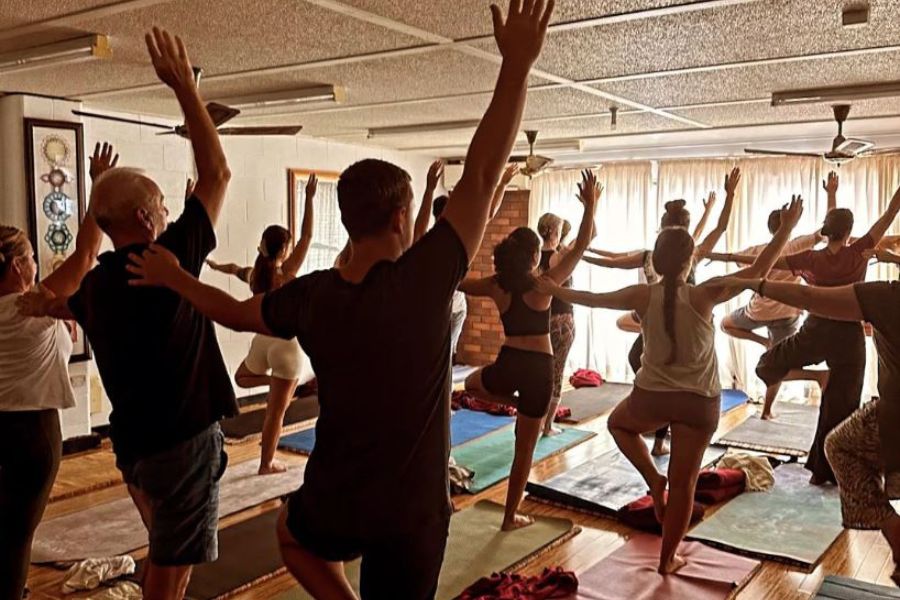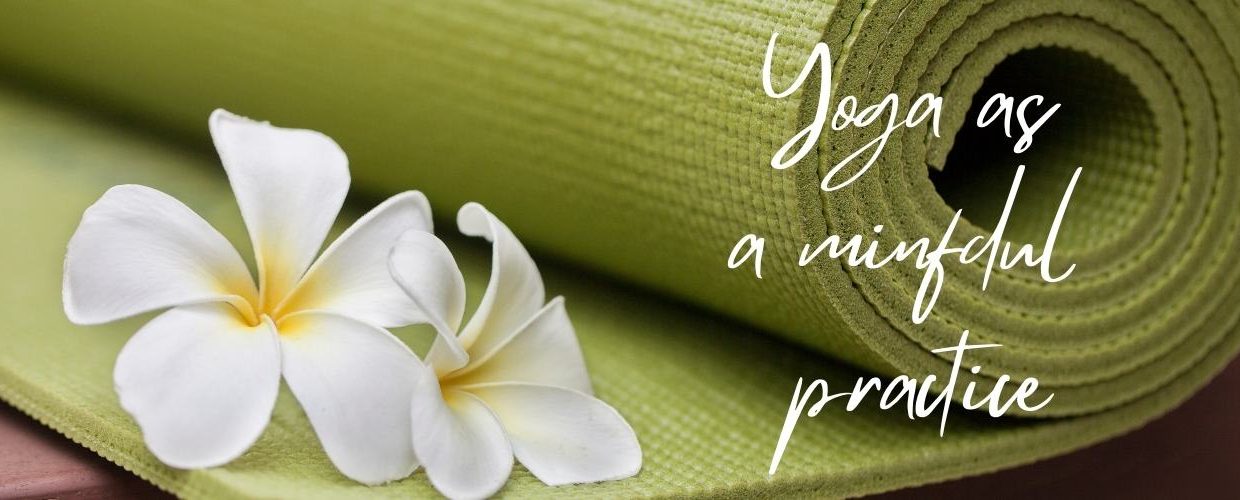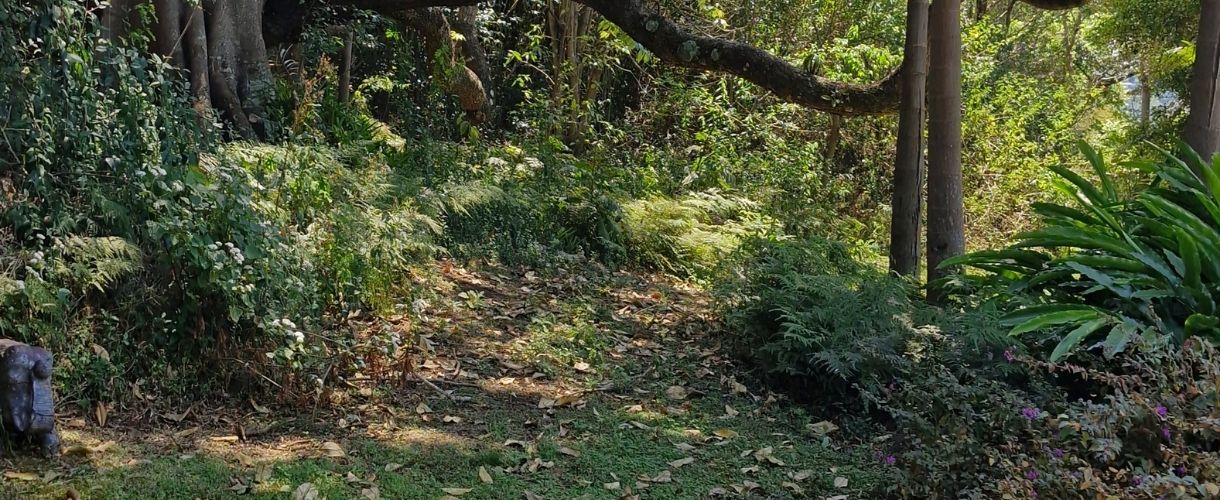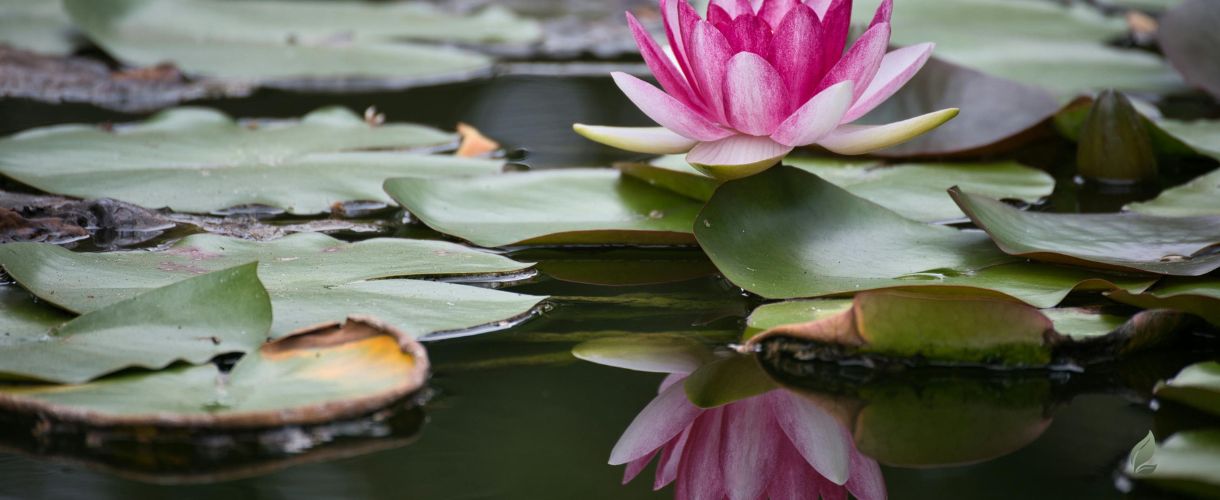
Are you looking to feel better fast?
July 28, 2025
Gut Health
September 3, 2025Yoga as a Mindful Practice
Yoga is a holistic and practical path that leads to spiritual liberation by connecting the individual will with Universal Being. It cultivates an increasing awareness across all dimensions of the human organism: physical, energetic, mental, psychic, and spiritual. Yoga unifies these layers and their balanced interrelationship under the central organising principle called the Self.
The method of yoga involves withdrawing the senses from external objects to engage the inner world and access more subtle layers of reality. The experience of this inner world varies depending on the type of yoga practiced, with different approaches and philosophical schools leading to both the fulfillment and cessation of desires.
Here are a few examples of different yoga paths:
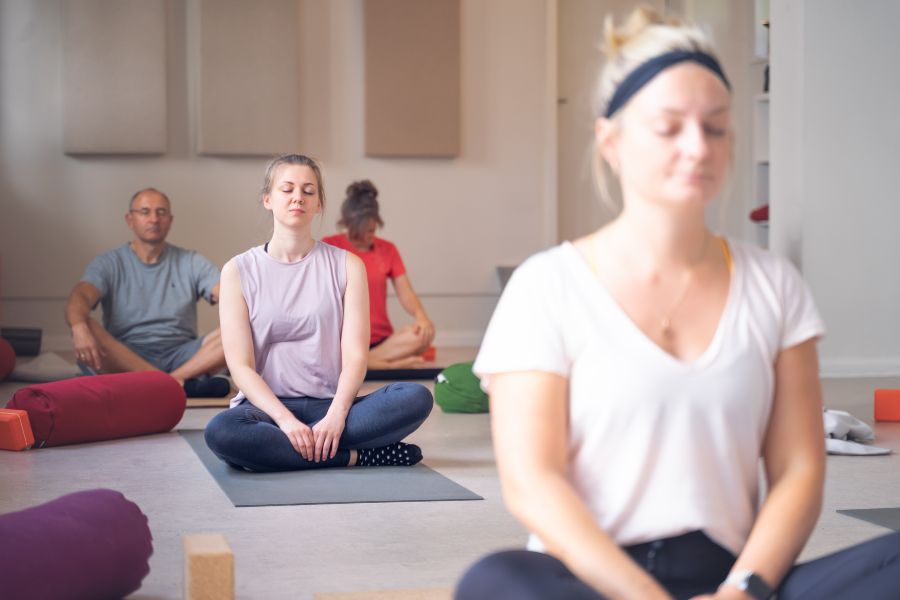
Jnana Yoga:
Accesses the inner world through enhanced mental control and fine-tuning logical thought processes to harness the intellect for transcendental insight.
Bhakti Yoga:
Focuses on invoking emotion to transform ultimate human concerns.
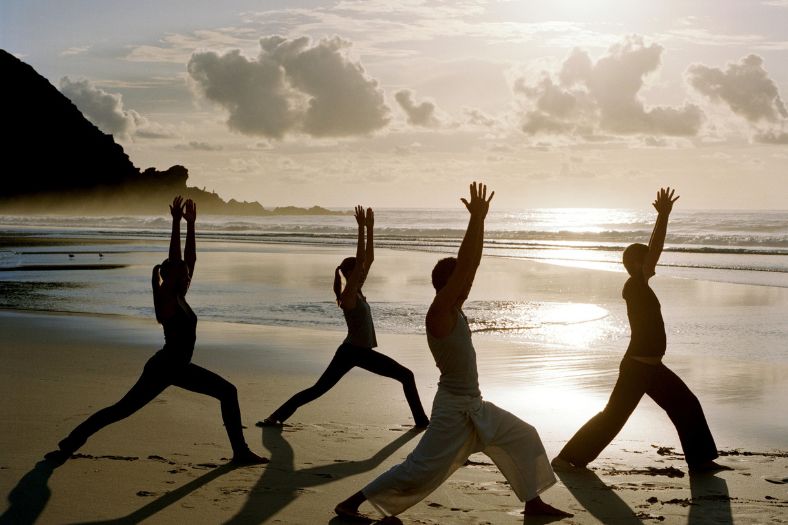
Hatha Yoga:
Often considered the most physical type of yoga, it emphasises bodily postures (asana) that lead to transcendental experiences. In Hatha Yoga, total body consciousness extends inward, past the physical and physiological body, to the subtle body. Yoga asanas, combined with breathing, energise the entire organism, resulting in clarity of mind and increased awareness.
The meaningful practice of asana is not about the shape of a pose, but rather the awareness of internal bodily sensations over external appearance or achievement. Awareness itself is transformative.
Central to yoga practice is the attention you bring to it through direct, lived experience. When you sense your body from the inside out, you reconnect with its innate intelligence. Wisdom is earned, not given. Wise learning integrates causal, subtle, and physical intelligence, and this is only possible when you dedicate time to learn and practice, not just the parts you enjoy, but also the internal work of uncovering personal biases, assumptions, and stereotypes, and feeling all the emotions that come with that.
To delve into your body is to delve into the experience of your life. This revelation unlocks stored experiences and trauma, deepening your connection to both personal and collective healing. The profound shift in your practice doesn't come from perfecting poses, but from perceiving them more deeply. This perspective is at the core of yoga itself. Embodied practice fosters insight, mindful movement, and healing. Yoga's lived experience—focusing on the felt sense, movement, perception, and sensory integration—is the path to transformation.
Yoga is experiential. Asana (yoga postures), pranayama (breathwork), and dhyana (meditation) are not merely things you learn to do; they are something you 'feel'. You systematically train your attention, reorganise body patterns, and cultivate deeper insight. Experiencing the body as a teacher is an integration that increases ease, clarity, and presence.
The shift in focus is from "doing it right" to feeling it fully.
• Deepen your awareness, sensitivity, and direction of energy (prana).
• Feel more empowered in your daily life.
Beyond asana, yogic awareness enriches the breath, anchors meditation, and nurtures the yogic path of self-inquiry. By tuning into inner sensation, you begin to practice yoga in every layer of your being. Accessing sensation is accessing meaning.
This enhanced awareness and intuitive embodied relationship will enable you to:
• Enhance self-awareness.
